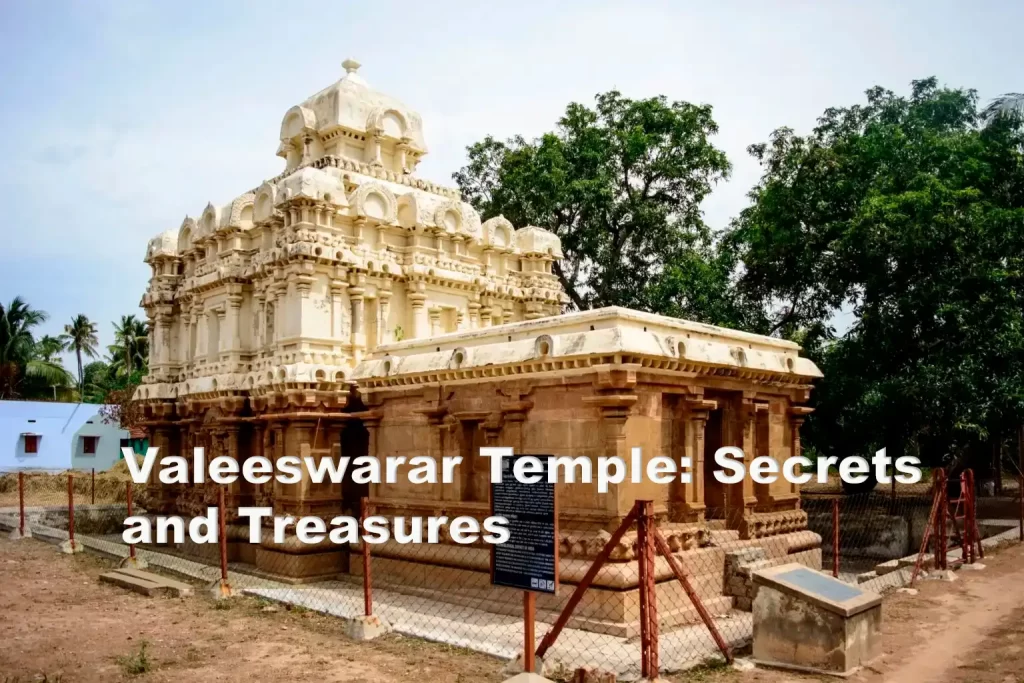Valeeswarar Temple: Secrets and Treasures
Valeeswarar Temple: About 45 miles from Trichy, there’s this cool spot called Srinivasanallur, a tiny village on the Trichy-Namakkal Highway. That’s where you’ll find the stunning Kuranganathar Temple, a fave hangout for history buffs and archaeology geeks!
Back in the day, when Pallava King Mahendravarman ruled, this village was called Mahendramangalam. It was a Brahmadeya, meaning a tax-free village gifted to Brahmins—fancy, right? Later, when the Chozhas took over, they renamed it “Thirukkurakkuththurai.” You can even spot some inscriptions from their era in the temple. How cool is that?
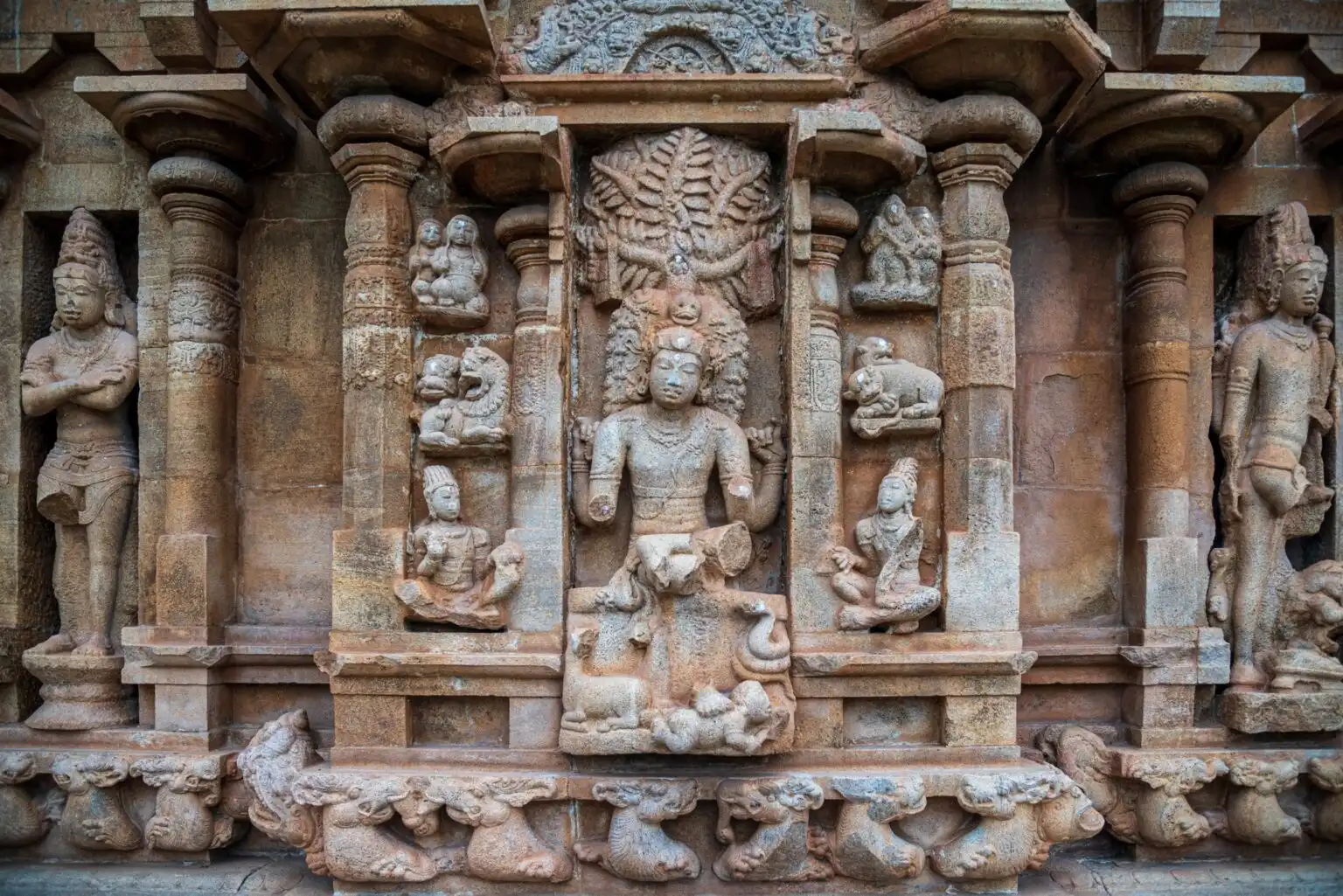
This temple originally started off as a simple brick structure during Mahendravarman’s rule in the 7th century CE. Later, Aditya Chozha I went all out and upgraded it to a full-on granite marvel, and his son Paranthaka Chozha wrapped up the work.
Architecture and Carving of Valeeswarar Temple
There’s this super-cool miniature carving on the right side pilaster of the main entrance—it shows Vaali, the Vanara King from the Ramayana, playing an instrument while Bhagwan Shiva is doing his cosmic dance. Legend says Vaali was a hardcore Shiva bhakt. Before his big showdown with Ravana, the King of Lanka, he came to this temple to worship Shiva. How epic is that?
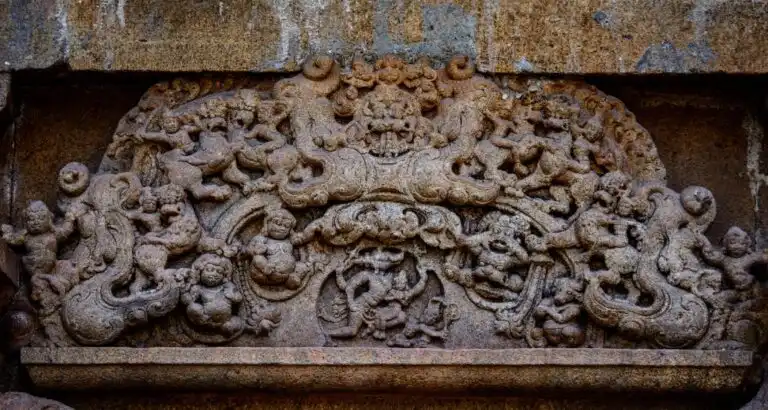
ALSO READ: Brihadeeswarar Temple: A Chola Dynasty Architectural Wonder
And wait, there’s more! The outer walls of the temple are decked out with stunning carvings of Bhagwan Shiva as Bikshatana, Dakshinamurthy, and even some members of the Chozha royal family. Full-on ancient vibes!
20 Inscriptions of Valeeswarar Temple
This temple’s got 20 inscriptions, and out of those, 18 are from the Chozhas. The other two? Mystery kings—nobody knows who they were! Three of these inscriptions are pretty interesting. They spill the tea on things like property deals and donations made to the temple by local landlords and kings—basically, the big shots of the time.
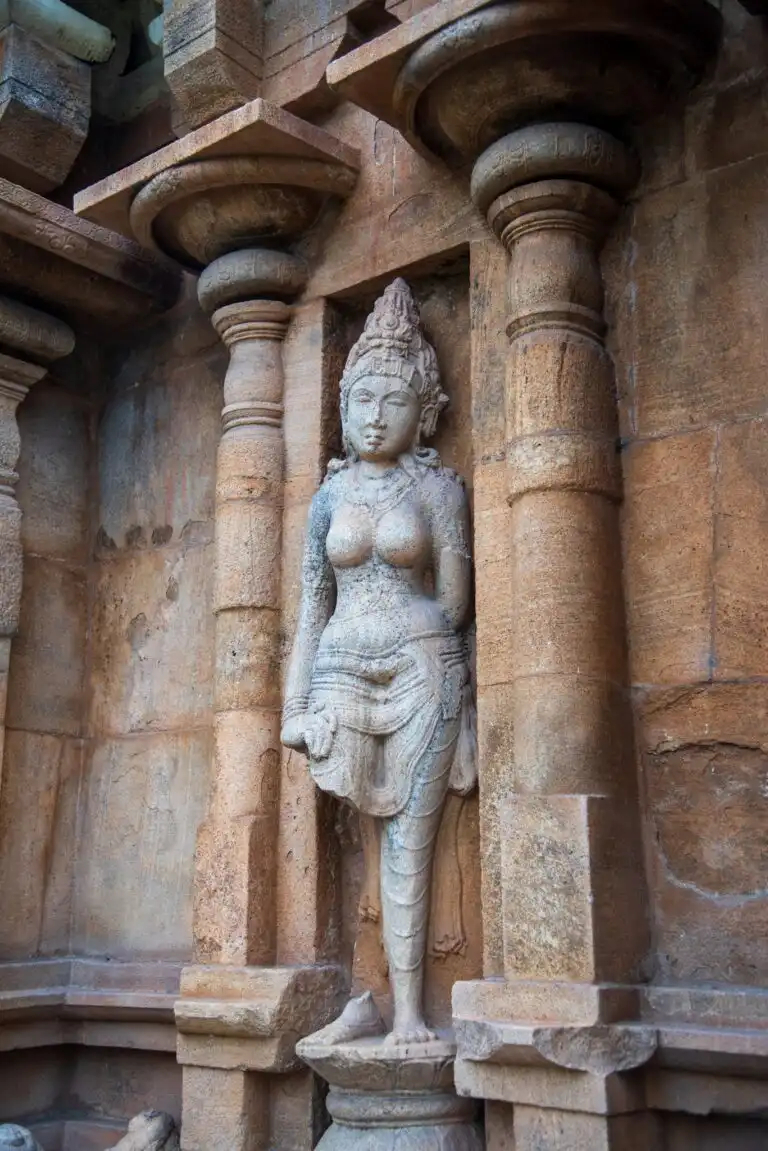
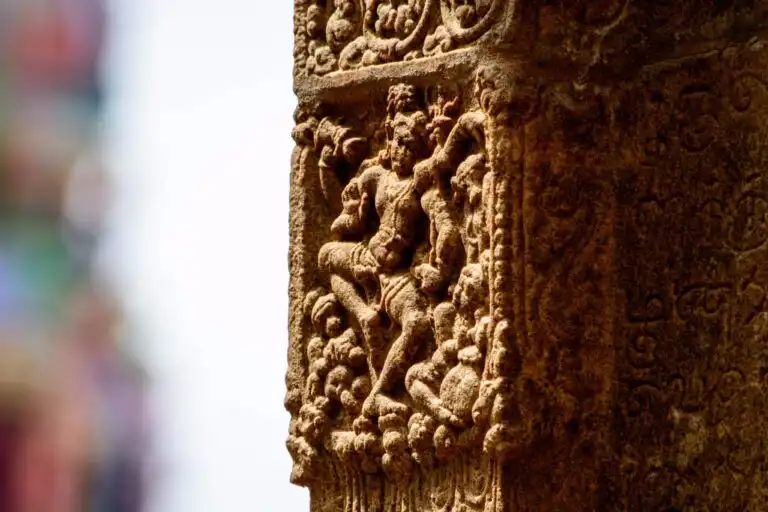
Then there’s a bit about the types of taxes they had back then—sounds heavy, right? But here’s the kicker: Brahmin women were legally allowed to take dowry (Sreedhanam) from their husbands to cover their own needs. Talk about having a system in place!
Oh, and the inscriptions also touch on irrigation techniques and how they managed to keep their agriculture booming. Clearly, these folks knew how to handle their water and grow their crops like pros!
Taxes at that time
Back in the day, they had a bunch of taxes like Irai, Echchoru, Vetti, Senneervetti, and Vedhinai. Echchoru was basically a tax to cover food and stay for government officials who rolled into the village for admin work. The others—Vetti, Senneervetti, and Vedhinai—were all about keeping the village’s waterbodies in top shape, whether it was building, renovating, or maintaining them.
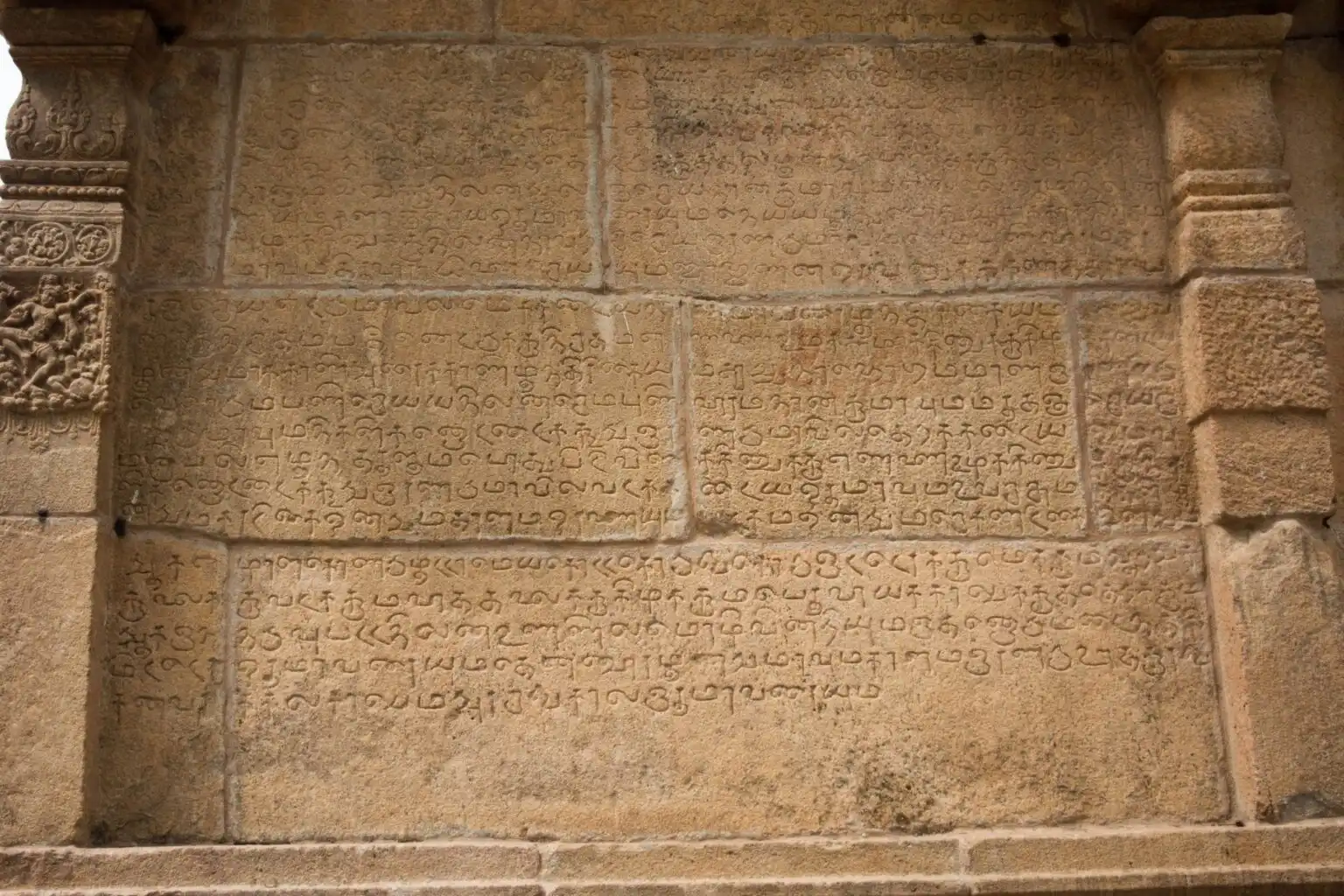
One inscription tells a cool story about a Brahmin woman named Kaalineeli. She sold off the land she got as dowry (Sreedhanam) to fund an eternal lamp for the temple. Turns out, Brahmin women not only got dowries from their husbands but could also sell them whenever they wanted. Pretty empowered, huh?
These days, the Archaeological Survey of India looks after the temple since it’s not used for worship anymore. It’s more of a historical spot now—but still oozes ancient vibes!
